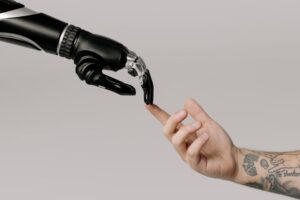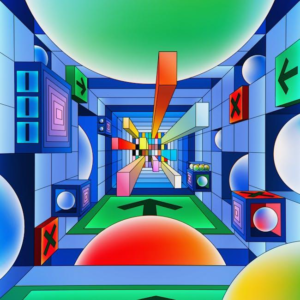Micro-Animations: Subtle Design Choices That Elevate UX
In today’s digital landscape, where user expectations continue to rise, micro-animations have emerged as a key element in enhancing user experience (UX). These subtle, understated design elements carry a significant impact, guiding users through interactions in a more engaging and intuitive way. In this article, we will explore what micro-animations are, their benefits, practical tips for implementation, relevant case studies, and more.
What are Micro-Animations?
Micro-animations are small, intricate animations that occur in response to user interactions. They serve as visual cues, providing feedback and enhancing the user journey without overwhelming the overall design. Common examples include hover effects, loading indicators, and transition effects when navigating web pages.
Benefits of Micro-Animations
Micro-animations offer a variety of advantages that significantly boost UX:
- Improved Engagement: They capture attention and entice users to interact with your content.
- Guidance: They serve as directional cues, helping users understand how to interact with elements on the page.
- Feedback: Provide responsive feedback to user actions, enhancing satisfaction and confidence.
- Brand Identity: They help to embody a brand’s personality, making the experience memorable.
- Efficiency: Streamline navigation by making actions more intuitive.
Practical Tips for Implementing Micro-Animations
When incorporating micro-animations into your design, consider the following tips for maximum impact:
- Keep it Subtle: Avoid overwhelming users with flashy animations. Aim for elegance and simplicity.
- Consistency is Key: Use the same micro-animation style across your site for a cohesive experience.
- Focus on Purpose: Each animation should serve a clear purpose-whether it’s to indicate loading, provide feedback, or guide the user.
- Test and Iterate: Conduct A/B testing to find the most effective micro-animations for your audience.
- Optimize for Performance: Ensure that animations do not slow down your site’s loading speed.
Case Studies: Micro-Animations in Action
Let’s explore a few brands that successfully utilized micro-animations to elevate their UX:
| Brand | Application of Micro-Animation | Impact on UX |
|---|---|---|
| Dropbox | Smooth transitions when uploading files. | Enhanced user confidence and reduced perceived loading time. |
| Mailchimp | Animated checkmarks when completing tasks. | Increased user satisfaction through instant feedback. |
| Slack | Subtle notifications for new messages. | Improved engagement and reduced missed messages. |
First-Hand Experience: Using Micro-Animations in Web Design
In my personal experience as a web designer, I found that implementing micro-animations drastically transformed the user interactions on a client project. By adding hover effects to buttons and subtle fades when transitioning between pages, the site felt more dynamic. Users reported increased satisfaction, with many noting that the animations made it easier to navigate and interact with content. The visual feedback created a sense of responsiveness that encouraged further exploration.
Best Tools for Creating Micro-Animations
Creating micro-animations can be done using various design and animation tools. Below is a list of popular tools to consider:
- Adobe After Effects: Ideal for creating complex animations.
- Figma: Great for prototyping and designing animated elements.
- CSS Animations: A lightweight way to add animations directly in your CSS code.
- Principle: Useful for prototyping interactions with your designs.
- LottieFiles: Enables you to use lightweight animations easily across platforms.
Conclusion
Micro-animations are more than just fancy effects; they are essential design elements that enhance user experience significantly. By providing visual feedback, guiding users through their journey, and reinforcing brand identity, these subtle animations make interactions more engaging and memorable. As you integrate micro-animations into your designs, remember to keep them purposeful and user-centered. Done right, they can elevate your website’s UX to new heights, leaving lasting impressions on your users.











